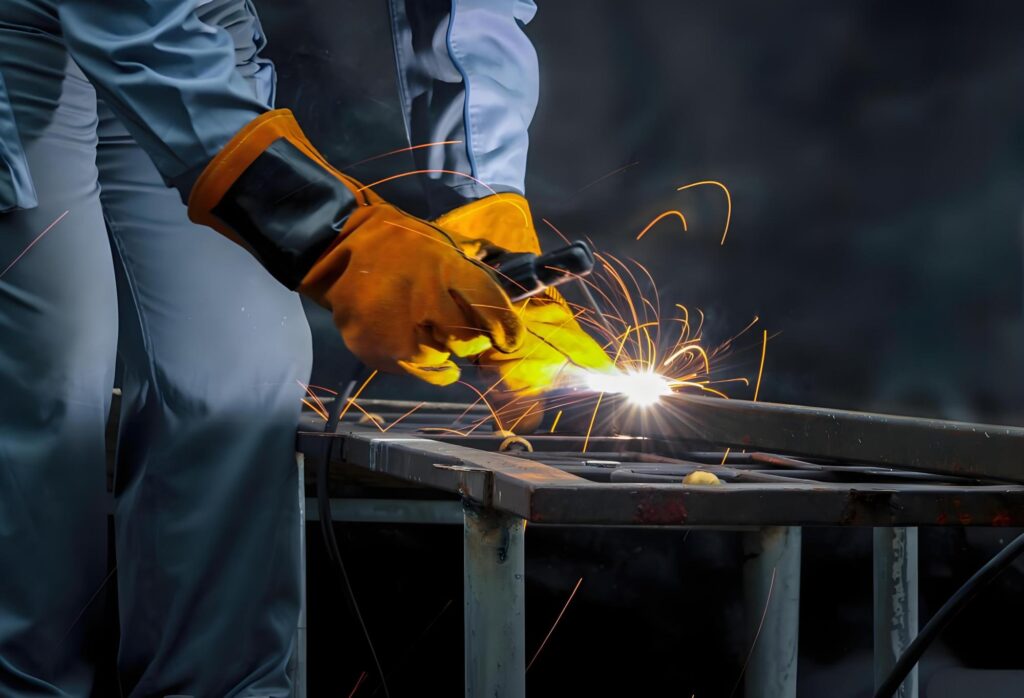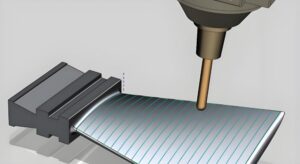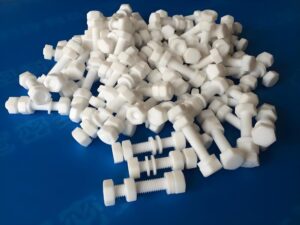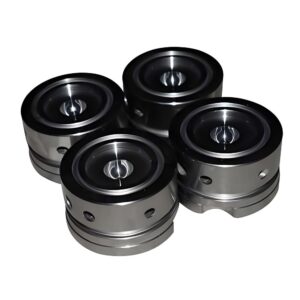Welding metal is a vital skill in the machining industry, enabling the creation of robust structures by fusing metal components. From towering skyscrapers to precision machinery, welding shapes the modern world with strength and reliability. This comprehensive guide explores the essentials of welding metal, covering techniques, compatible materials, and critical safety measures. Whether you’re a beginner tackling a DIY project or a professional in the machining industry, this article offers practical insights to enhance your welding knowledge and skills. Dive in to learn how to weld metal effectively and safely.
What is Welding?
Welding is the process of joining metal pieces by melting them together, often with a filler material to create a strong, permanent bond. It relies on heat, pressure, or both to fuse metals, resulting in durable joints used in industries like construction, automotive, and aerospace. Common energy sources include electric arcs, gas flames, or lasers, making welding versatile for various applications.
Types of Welding
There are numerous welding processes, each with unique strengths, applications, and challenges. The most common types include:
Arc Welding
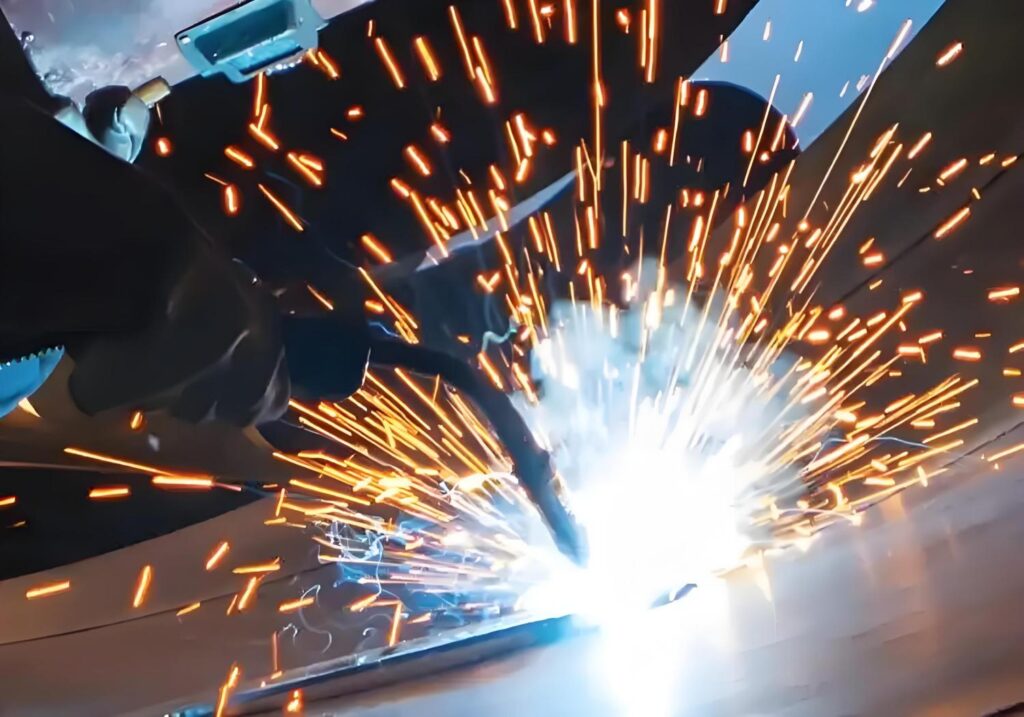
One of the most widely used methods, arc welding employs an electrical current to create an arc between an electrode and the metal workpiece. The heat melts the metals and allows them to fuse. Subcategories include:
Shielded Metal Arc Welding (SMAW)
Also known as stick welding, it is popular for its simplicity and adaptability in outdoor and industrial applications.
Gas Metal Arc Welding (GMAW/MIG)
Uses a continuous wire electrode and shielding gas, making it suitable for fast, efficient welding on thin materials.
Gas Tungsten Arc Welding (GTAW/TIG)
Provides precision welding with a tungsten electrode and separate filler rod. It’s ideal for critical and aesthetic applications, such as aerospace or stainless-steel projects.
Resistance Welding
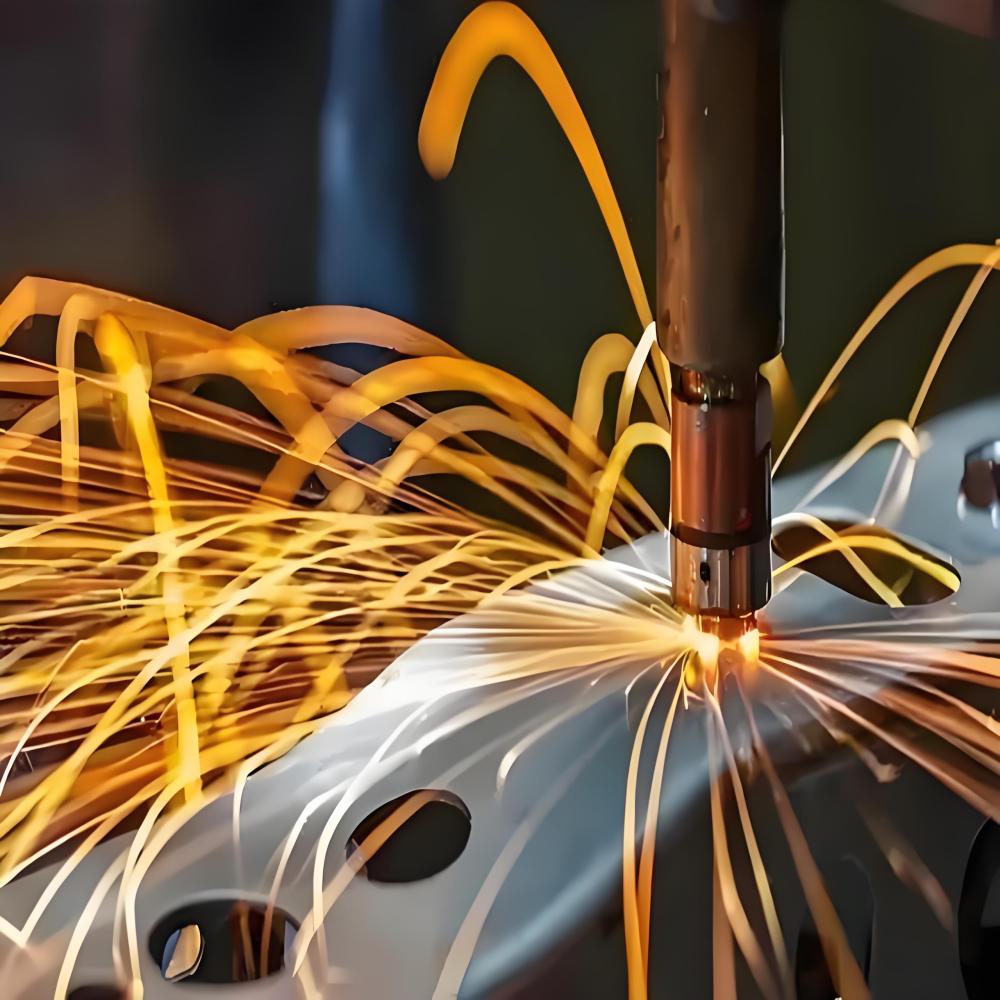
This process joins metals by applying heat generated through electrical resistance. Spot welding is a common form, often used in the automotive industry to assemble sheet metals.
Laser Welding
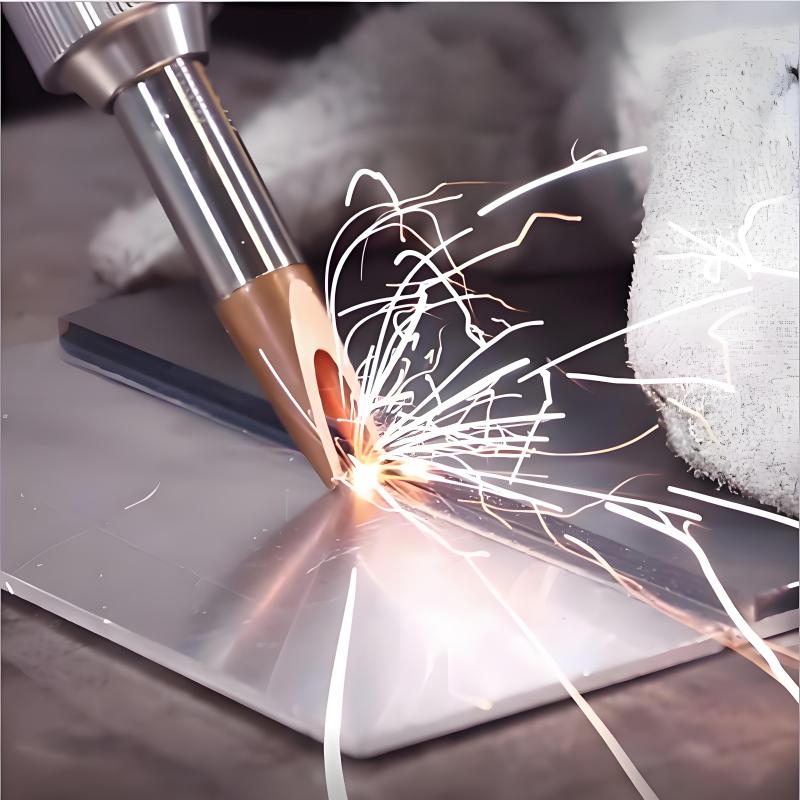
Utilizing a high-powered laser beam, this method delivers extreme precision and control. It’s popular in electronics, aerospace, and medical device manufacturing.
Oxy-Fuel Welding
One of the oldest methods, oxy-fuel welding uses oxygen and acetylene gases to create a flame hot enough to melt metal. Though less common today in industrial settings, it is still valuable for repairs and metal cutting.
Other Advanced Methods
Modern industries also employ electron beam welding, friction stir welding, and plasma arc welding for highly specialized applications.
Applicable and Disapplicable Materials for Welding
| Category | Materials | Characteristics / Notes |
| Commonly Welded Materials | Carbon Steel | Affordable, widely available, strong, and easy to weld. |
| Stainless Steel | Resistant to corrosion, used in food, medical, and marine industries. | |
| Aluminum | Lightweight, corrosion-resistant, requires TIG or MIG welding for best results. | |
| Nickel Alloys | High strength and corrosion resistance, suitable for extreme environments. | |
| Copper & Brass | Excellent conductivity, common in electrical and decorative applications. | |
| Difficult or Unsuitable Materials | Cast Iron | High carbon content, prone to cracking; needs preheating and careful handling. |
| High-Carbon Steels | Can harden excessively, resulting in brittle welds. | |
| Titanium | Weldable but requires a controlled environment to prevent contamination. | |
| Magnesium | Lightweight but highly reactive, requires special shielding gases and expertise. |
How to Weld Metal?
Welding metal effectively requires preparation, technique, and attention to detail.
- Surface Preparation – Remove paint, rust, and oil.
- Equipment Setup – Adjust voltage, current, and gas flow.
- Metal Positioning – Clamp securely to ensure accuracy.
- Striking the Arc / Ignition – Initiate heat source.
- Weld Execution – Maintain steady hand, angle, and travel speed.
- Cooling & Finishing – Allow natural cooling, clean slag, and polish for smooth joints.
Proper training and practice are essential for high-quality results.
Welding Precautions
Welding carries risks that must be managed through safety measures.
Protective Gear
- Helmet & Goggles: Shield eyes from UV/IR rays.
- Gloves & Clothing: Flame-resistant apparel prevents burns.
- Respirators: Reduce inhalation of harmful fumes.
Safe Work Environment
- Ensure ventilation in closed spaces.
- Remove flammable materials nearby.
- Use fire-resistant barriers in shared workshops.
Equipment Safety
- Inspect cables, torches, and gas lines regularly.
- Store cylinders properly.
- Maintain grounding to prevent electrical hazards.
Following these steps ensures safety and quality while welding metal.
Conclusion: Welding and Precionn
Welding metal is fundamental to modern industry, from basic fabrication to advanced engineering projects. By understanding welding methods, materials, and safety requirements, manufacturers and craftsmen can achieve stronger, more reliable outcomes.
Precionn, as a machining industry specialist, is dedicated to supporting international clients with precision, quality, and reliable solutions. With years of expertise in machining and metalworking, Precionn ensures that businesses worldwide receive dependable results for their projects. Whether it’s custom components, expert machining, or professional consultation, Precionn is committed to excellence.

